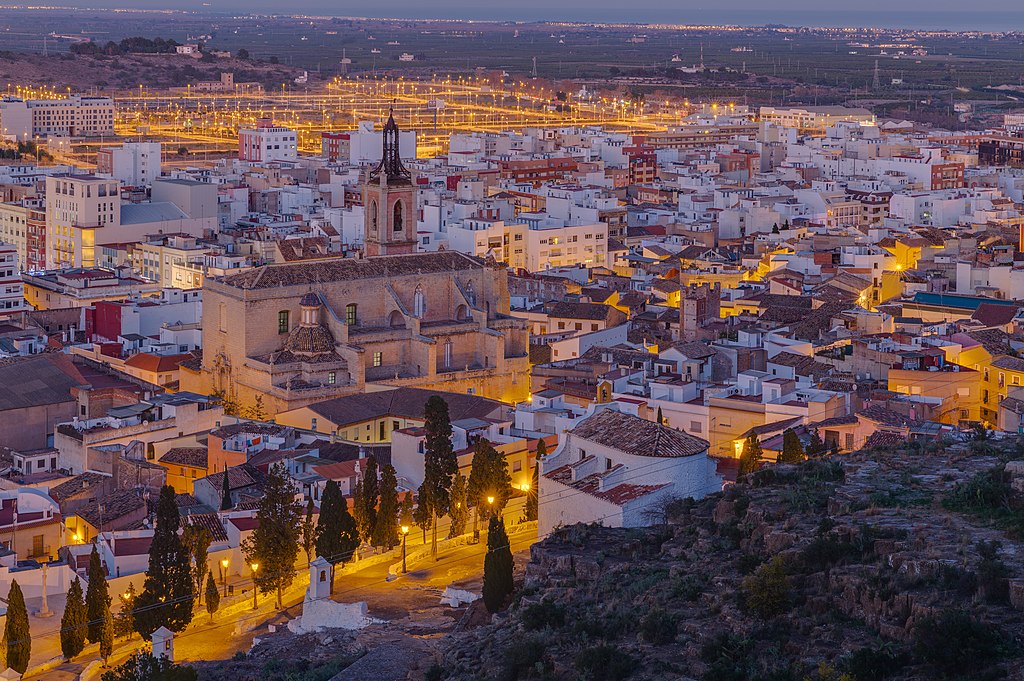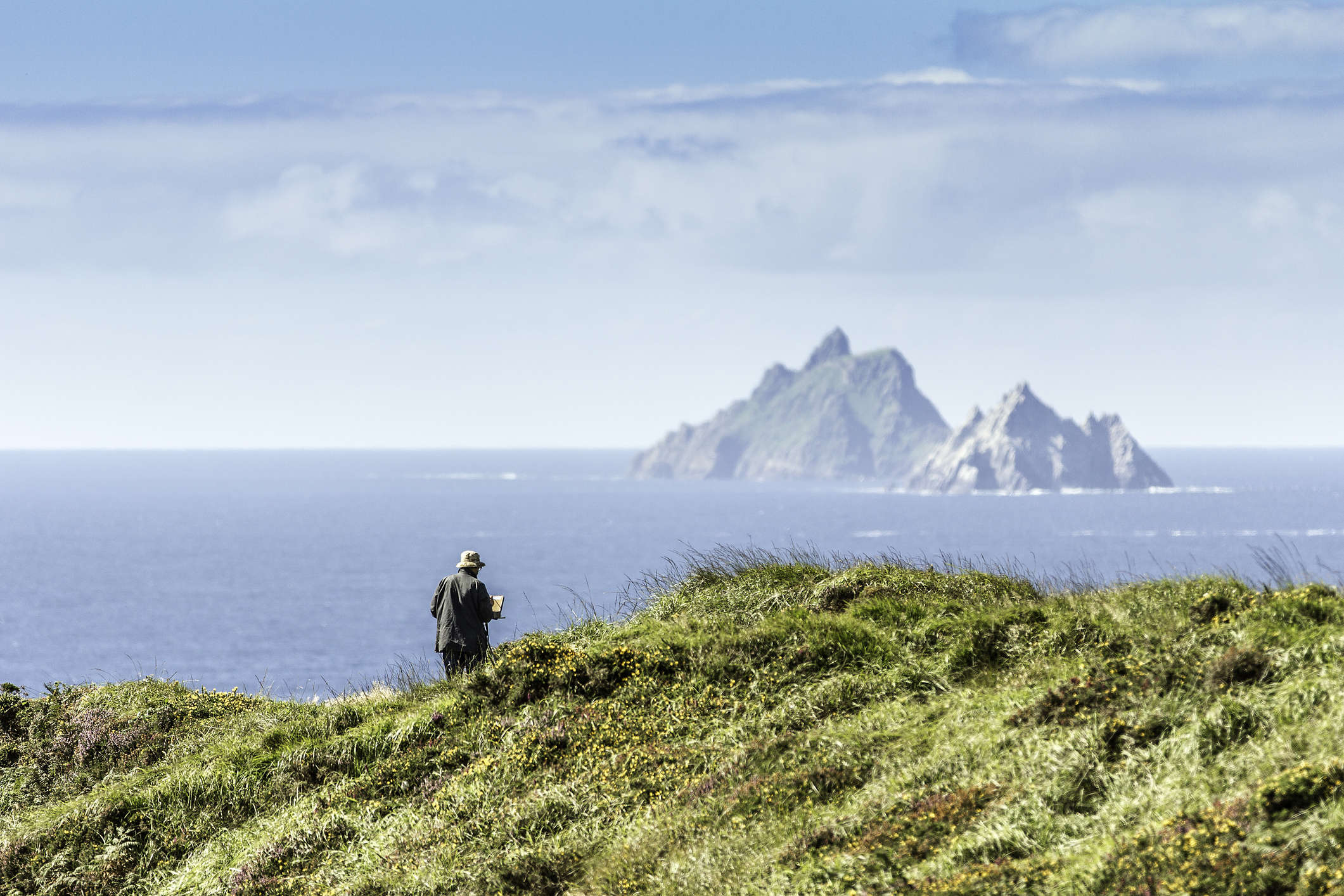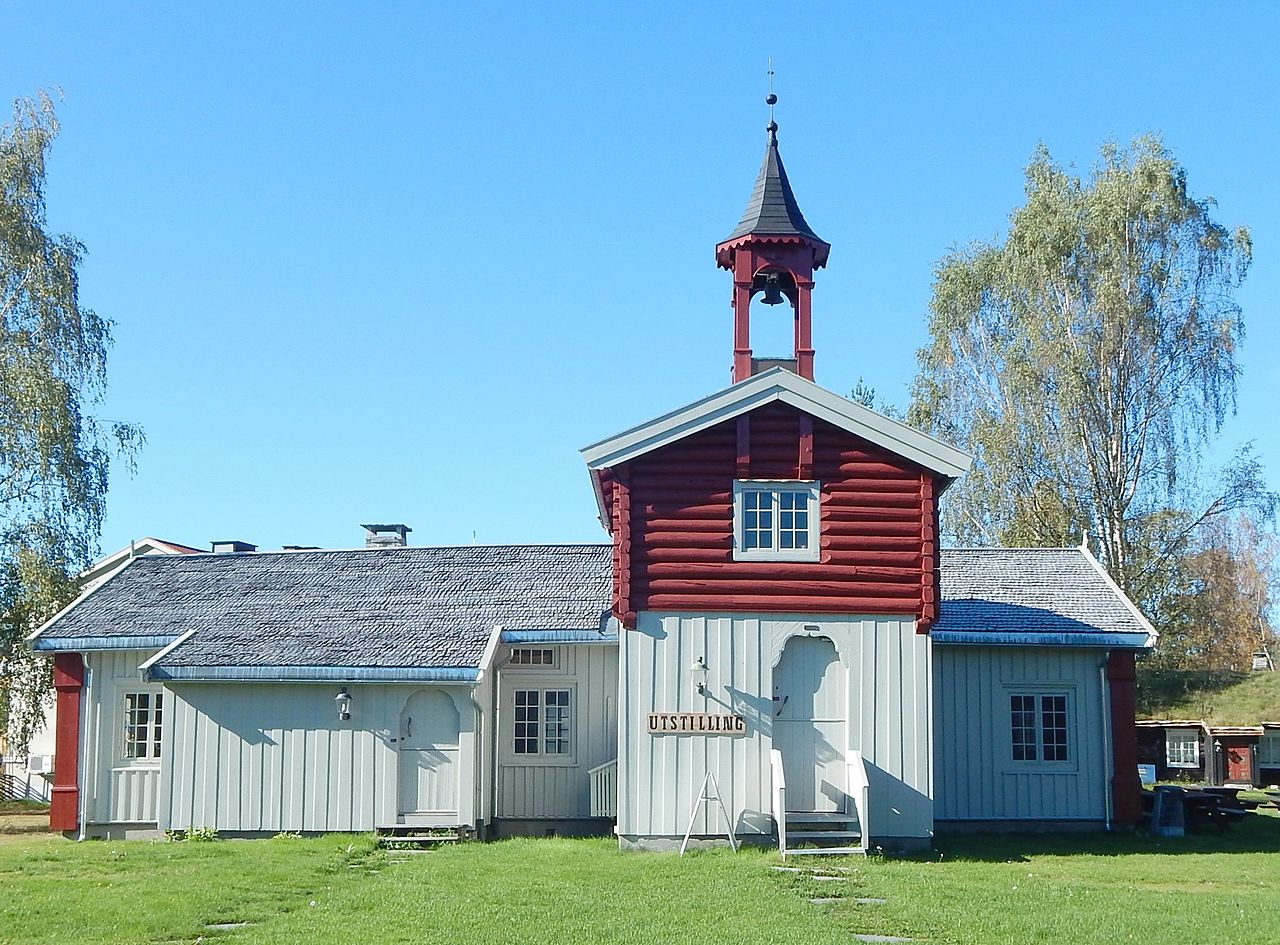A citadel that was once one of Europe’s mightiest fortresses still overlooks the town of Namur, the capital of Belgium’s Wallonia region.
Located at the confluence of the Meuse and Sambre rivers, this once made Namur a significant strategic location during the former tussles between European powers.
Today, in addition to the terrific views, the “compelling” Citadelle de Namur boasts plenty of “ramparts, tunnels and grey walls that run all across the hilltop” to explore, notes Lonely Planet.
While down below the citadel, there is much to discover in Namur’s “gently picturesque old town”.
As with most of Belgium’s towns and cities, in Namur there are plenty of “architectural treasures from centuries past” to discover, as well as small museums “covering everything from the medieval crafts of the Meuse Valley to 19th-century erotic paintings”.
Cafes, bookstores and vintage shops–“catering in part to Namur’s vibrant student population”—adorn the cobblestone lanes winding through the town.
There is also the striking baroque church of Église St-Loup. Its “purple marble columns, black stone arches, elaborately carved confessionals and complex ceiling tracery sculptured in white tufa” makes for a “curious and imposing sight,” Lonely Planet says.
It notes that the French poet and writer Charles Baudelaire reputedly went as far as to describe this most unusual building as a “sinister and gallant marvel”.
Dotted around the city are four pretty garden parks, each with a theme. The “Garden of colourful plants” contains 130 plants of vivid hues.
The “Garden of scents” aims to “awaken your senses” through perfumes from more than 350 varieties of plants, while the “Garden of two towers” draws on medieval inspiration, showcasing the diversity of gardens from the time of Charlemagne to the early years of the Renaissance.
The Garden of small fruits is dedicated to the variety of small fruits that grow in Belgium’s, especially “the strawberry for which Wépion is famous”.
Given the abundance of waterways around Namur, if you are in the mood for a guided cruise there are various options. This includes a 50-minute ride through Namur’s three locks, and a 1 hour 45 minute cruise from Namur to Wépion, that famous “strawberry capital”. Both board at the foot of the Citadel.
There are also plenty of sign-posted walks that can also be biked in and around Namur. Pretty pathways take you into the surrounding countryside to discover amid the greenery the likes of old churches, chateaus and monasteries.
Namur is perfectly placed for a day trip from Brussels: trains from Brussels to Namur take around 65 minutes; it takes a similar length of time by car.
That said, Lonely Planet notes that “you could easily spend a few days in the capital of Wallonia, with citadel exploring, old town walks and leisurely boat rides along the Meuse among the highlights”.
The choice is yours, depending on your schedule.





